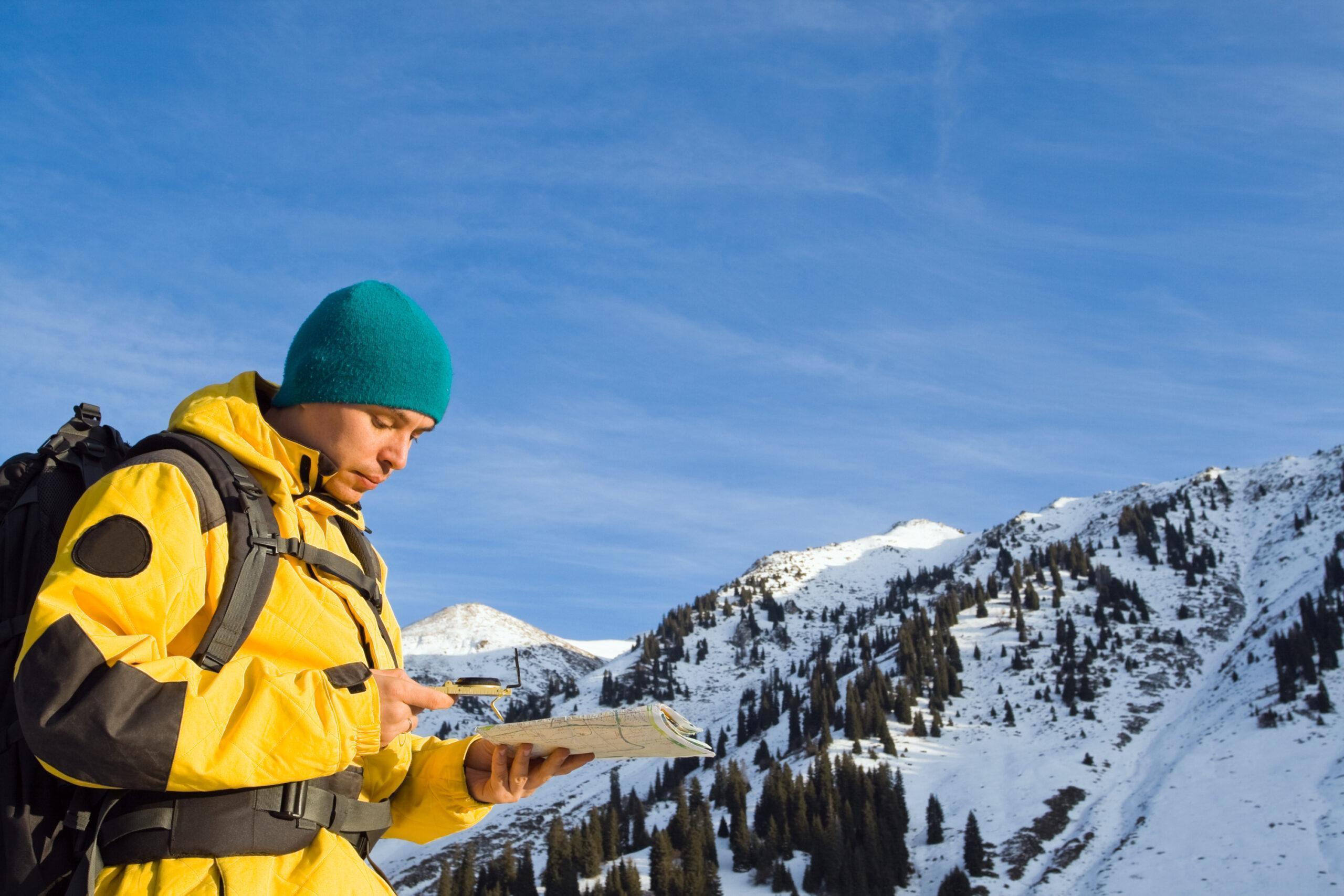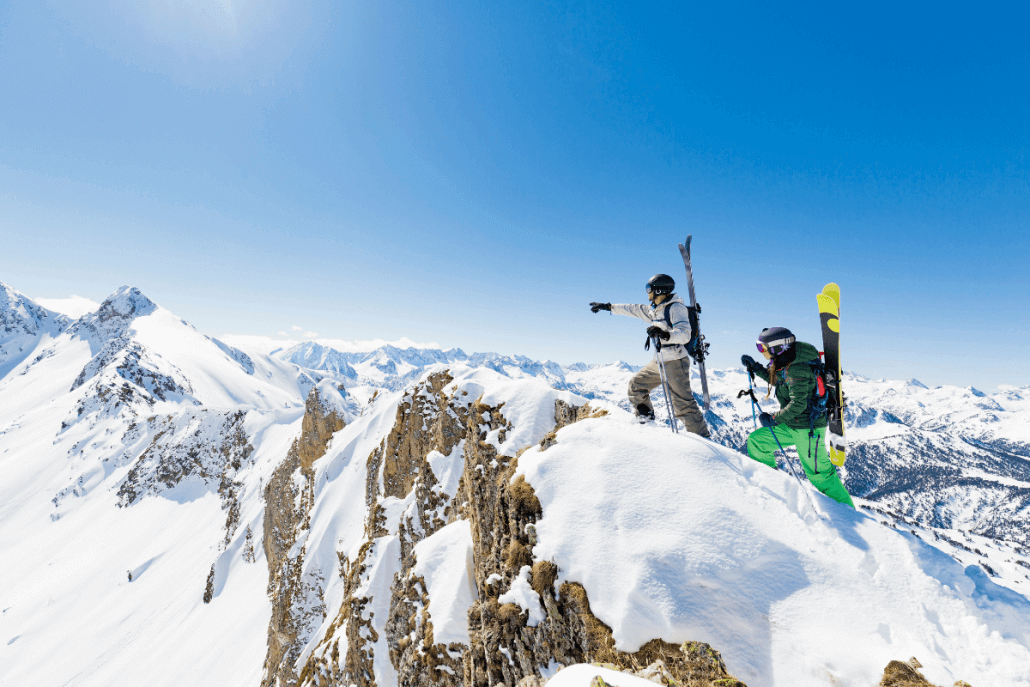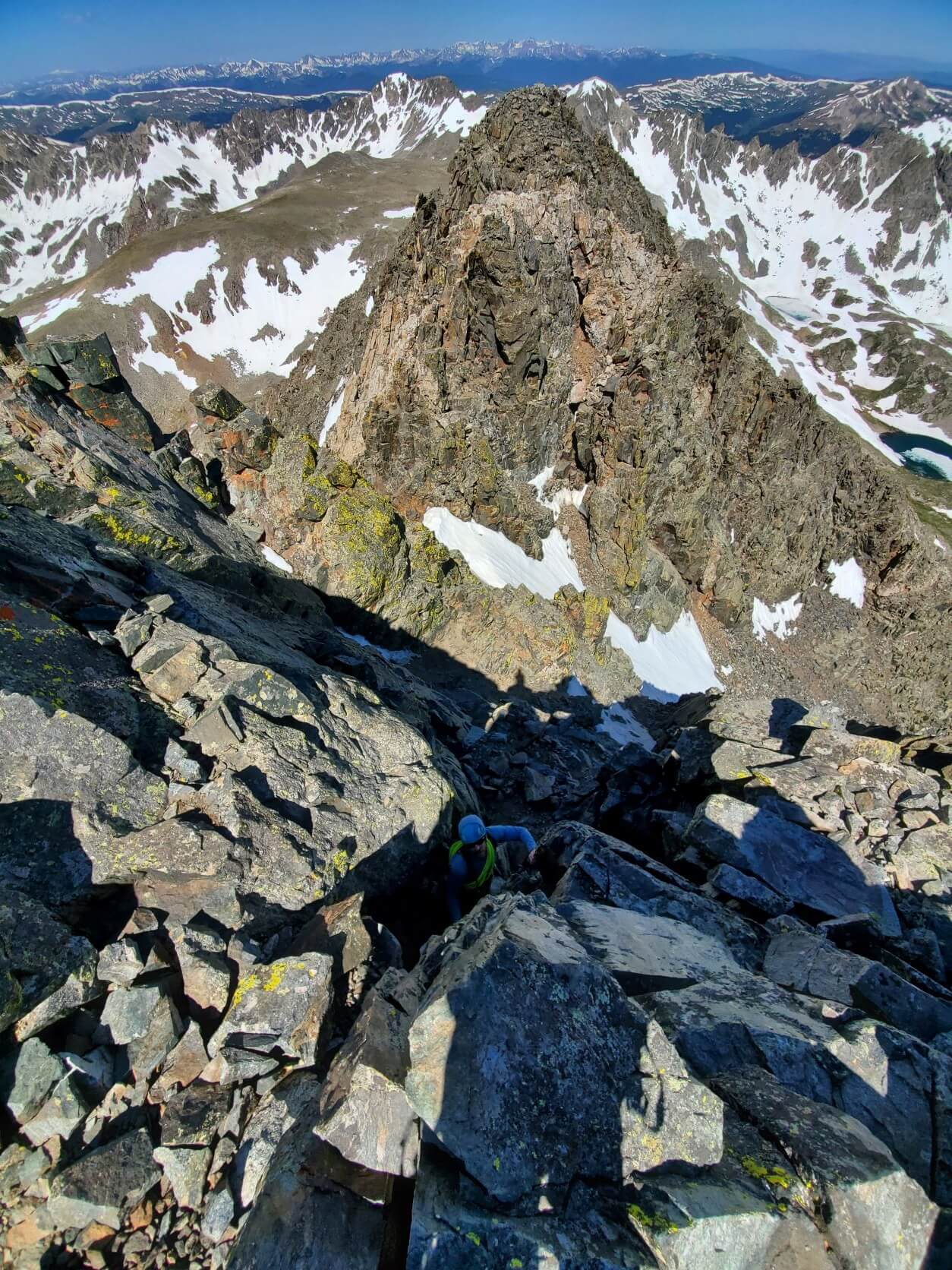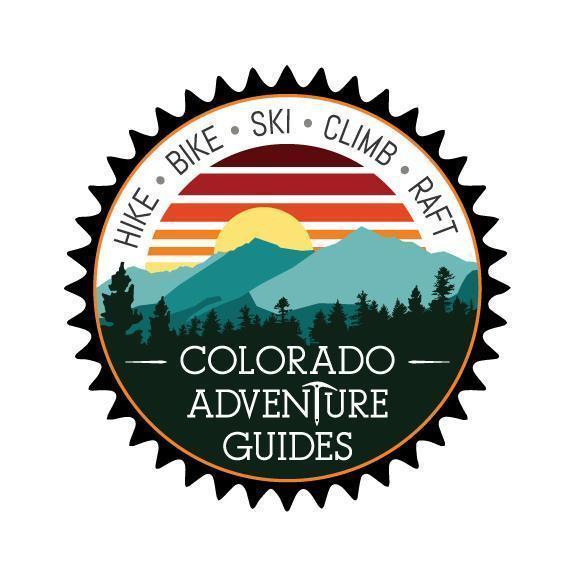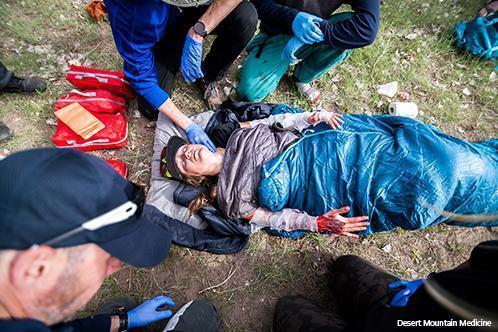
A Guide Weighs in on Backcountry Medical Preparedness
You might never need the knowledge and skills required to respond appropriately to a backcountry medical emergency… until you desperately do. This week on the blog, we share thoughts on backcountry first aid from CAG guide Emily, a Wilderness First Responder who also works elsewhere as an Emergency Medical Technician. We realize that the idea of responding to a true emergency in the backcountry intimidates many people. Our hope is to spark thoughts and actions among our fellow wilderness travelers about what to bring and what to know in order to respond to an emergency.
It’s critical to know how to respond to life-threatening emergencies, but of course it would be easier to prevent emergencies from happening at all. Many backcountry emergencies result from a series of seemingly small bad decisions, which means that making a series of small good decisions goes a long way in staying safe. For example, drink to thirst to prevent dehydration-related illness. Manage your body temperature by wearing non-cotton layers in cold weather or by cooling yourself evaporatively when it’s hot. Snack frequently. Break in your hiking shoes before a big expedition. Treat hotspots before they become blisters. Accurately represent your abilities and experience to your adventure partners or guide prior to an outing. Each of these simple steps can prevent major emergencies in the backcountry.
When your preventative measures fail, what you know and what you bring are the only tools available in the backcountry. Many pre-packed first aid kits are commercially available, and these kits tend to prepare the rescuer well for most emergencies, given the rescuer is properly trained. Additionally, Emily shared a few essential items that she never leaves home without, with the caveat that ultimately what she brings depends on the type, location, and duration of the activity and number of people participating. Because Emily works and plays in a place where nights are cold year-round, she always packs an emergency blanket or bivvy sack and a way to start a fire. When “playing with sharp things,” i.e., skiing or ice climbing, she always packs a commercial tourniquet. She also brings along a selection of over-the-counter medications including aspirin, Tylenol, Advil, seasonal allergy medications, Benadryl, and Imodium (to allow for evacuation of a critical patient). Additionally, her kit includes a SAM splint, a commercially available lightweight, flexible, yet rigid item. Emily’s insight on commercially available vs. improvised first aid tools (splints, tourniquets): anything you buy will better support the patient than something you improvise.
Emily also noted a couple of items that we can all leave at home. Firstly, safety pins: they come in most commercial pre-packaged first aid kits, but Emily has never used them (tie knots instead). Also, she strongly recommends against the Sawyer Extractor Pump Kit, a product that ostensibly “extracts venom and poisons from the bites and stings of snakes, bees, and more” (per Sawyer’s website). The only effective treatment for a venomous snake bite is antivenom, which is only available at a medical facility. As Emily explains, the time spent using the Sawyer pump would be far better spent getting help, and carrying or using the pump can provide a false sense of security because every snakebite victim needs to see a doctor.
If you take the time to carefully consider what first aid supplies to bring along, consider equally carefully how you pack your kit. Keep your first aid supplies in one clearly labeled bag. In an emergency, doing so makes accessing your supplies as efficient as possible, especially if you’re not the person looking for them. Emily maintains a comprehensive first aid kit that goes with her on all guided outings and all long personal adventures. She also takes mini first aid kits with her on short day hikes and mountain bike rides. This smaller kit contains band aids, OTC medications, and any life-saving medication (inhalers, nitroglycerin, EpiPen) prescribed to her or her companions.
In addition to things you bring, being able to respond well to an emergency depends on what you know. Emily (and everyone at Colorado Adventure Guides) unequivocally recommends taking at least a Wilderness First Aid course from a reputable provider (like Desert Mountain Medicine, the Wilderness Medicine Institute, or Stonehearth Open Learning Opportunities). Keep in mind that some first aid tools are useless without knowledge of how to use them. For example, Emily recommends training yourself on using a commercial tourniquet if you carry one, which is simple to do on BleedingControl.org. She also identifies the number one piece of knowledge we all need when adventuring as the ability to identify immediate threats to life. She explains, “It doesn’t matter how much gauze you have if you can’t identify that someone is about to die from a bee sting.”
Some of the knowledge needed to respond to emergencies is only available by asking. Emily recommends starting an adventure with an honest conversation with your travel partners to discuss health risks and how to respond. Ask each other about life-saving medications, past emergencies, and ongoing medical conditions.
Finally, Emily reiterates that there is no substitute for knowledge. Get the training necessary for responding appropriately to backcountry emergencies—it could save a life.

